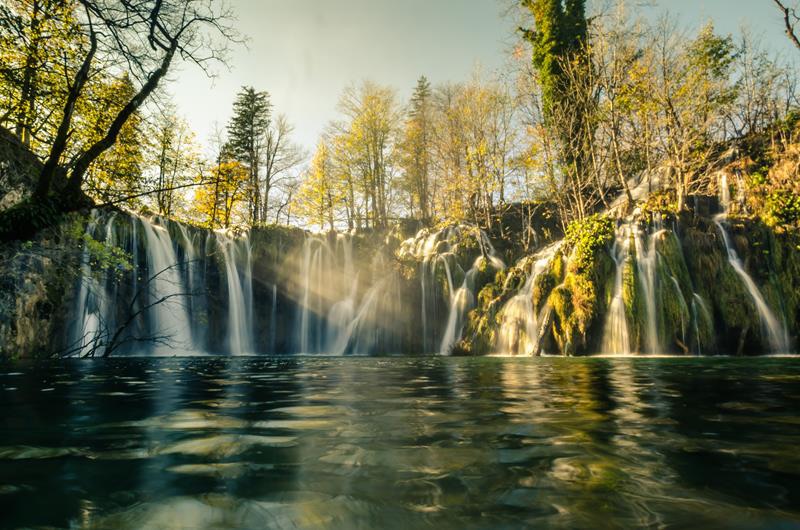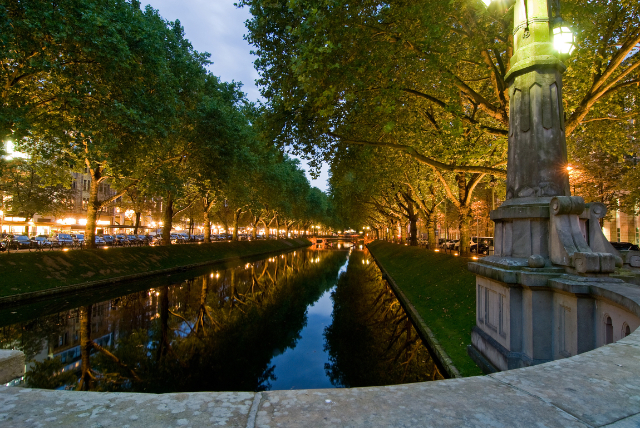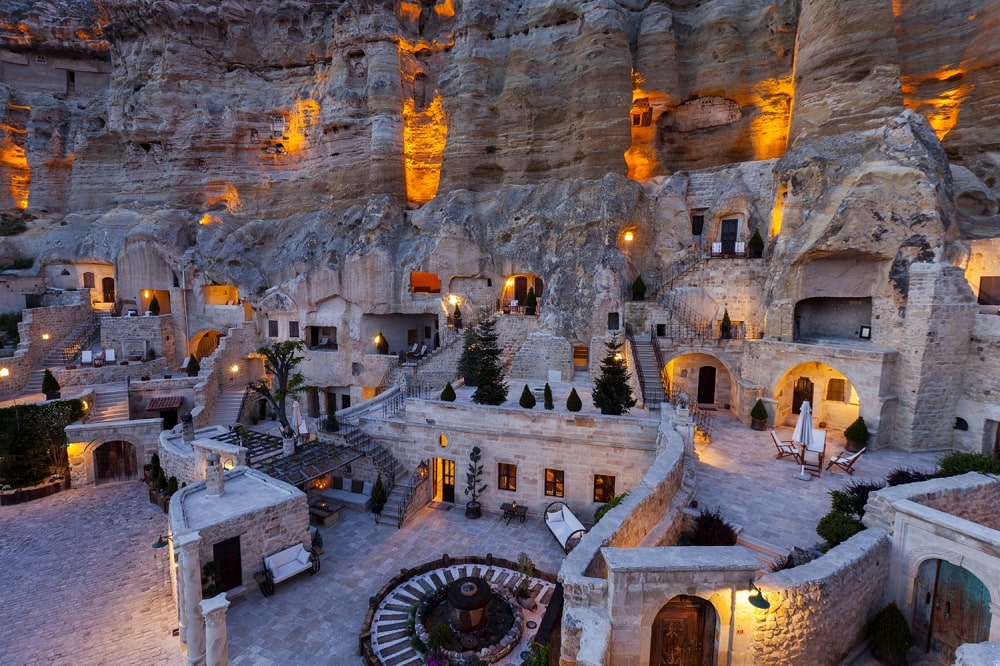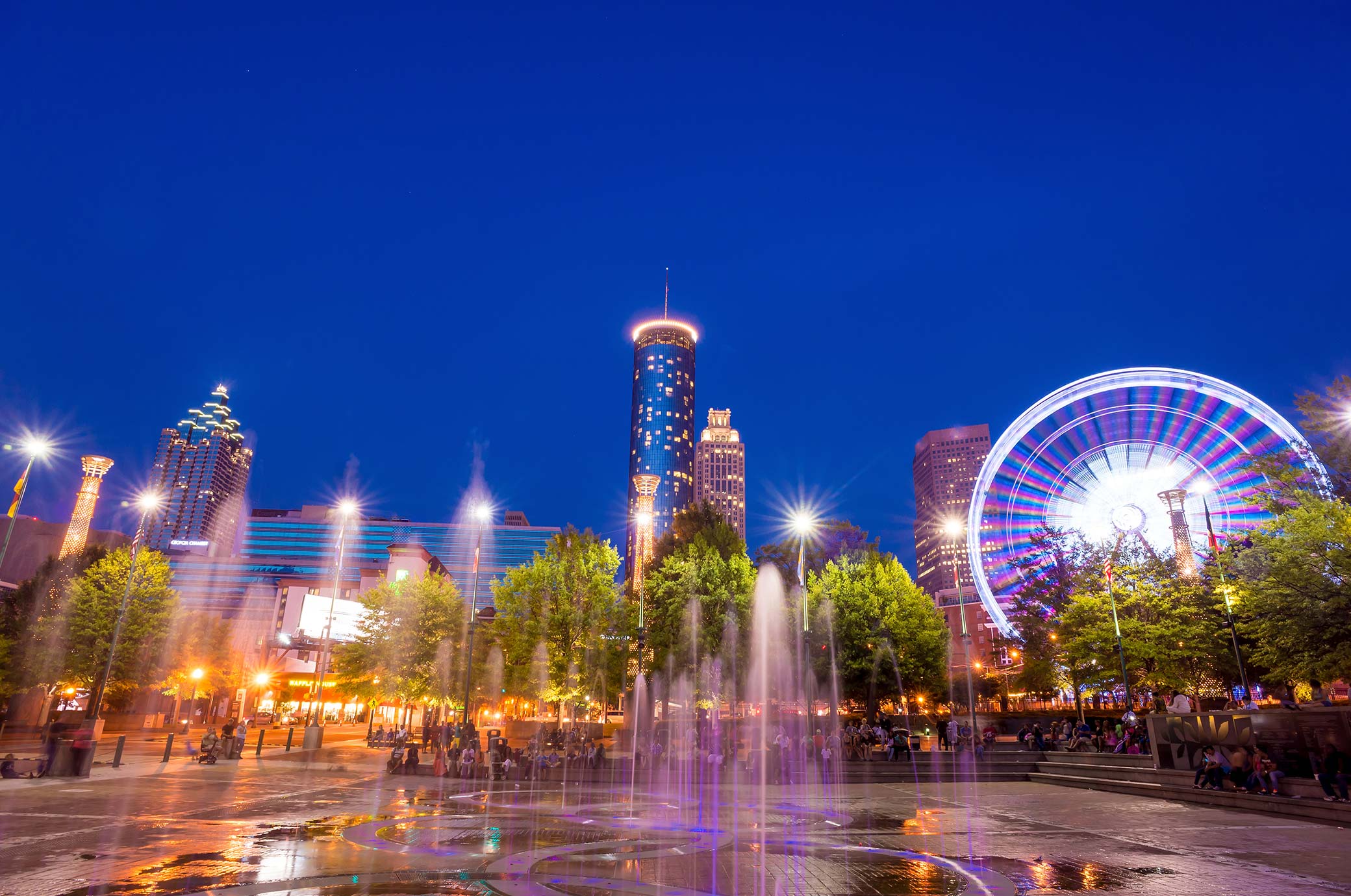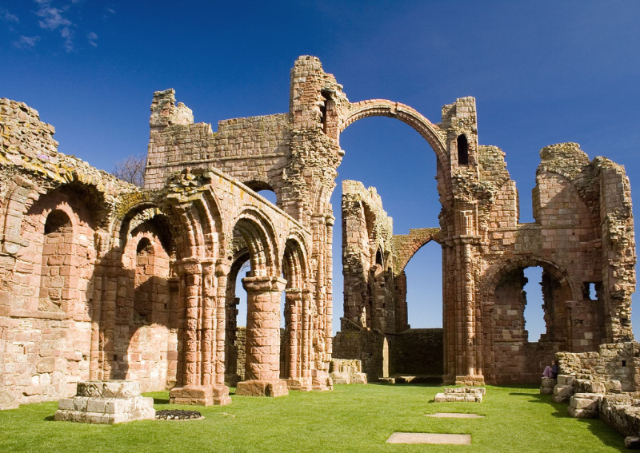<p><span style="font-size: 14pt;">Of all of the waterfalls in the world, none are quite as extraordinary as those at Plitvice. Of course, I should say “series of waterfalls,” as this amazing natural ensemble is composed of 16 different terraced limestone lakes, with crystal clear water flowing from one to the next.</span></p>
<p><span style="font-size: 14pt;"><strong>Plitvice Lakes</strong> is the oldest and largest national park in the Republic of Croatia. The park is situated in the mountainous region of Croatia, between the Mala Kapela mountain range in the west and northwest, and the Lička Plješivica mountain range to the southeast.</span></p>
<p><span style="font-size: 14pt;">The process of tufa formation, which results in the building of the tufa, or travertine, barriers and resulted in the creation of the lakes, is the outstanding universal value, for which the Plitvice Lakes were internationally recognised on 26 October 1979 with their inscription onto the <strong>UNESCO</strong> World Heritage List. In 1997, the boundaries of the national park were expanded, and today it covers an area just under 300 km2.</span></p>
<p><span style="font-size: 14pt;">The park is primarily covered in forest vegetation, with smaller areas under grasslands. The most attractive part of the park – the lakes – cover just under 1% of the total park area.</span></p>
<p><span style="font-size: 14pt;">The lake system is comprised of 16 named and several smaller unnamed lakes, cascading one into the next. Due to the geological substrate and characteristic hydrogeological conditions, the lake system has been divided into the Upper and Lower lakes. The twelve lakes forming the Upper Lakes are: Prošćansko jezero, Ciginovac, Okrugljak, Batinovac, Veliko jezero, Malo jezero, Vir, Galovac, Milino jezero, Gradinsko jezero, Burgeti and Kozjak. These lakes were formed on impermeable dolomite rock, and are larger, with more indented and gentler shores than the Lower Lakes. The Lower Lakes, consisting of the lakes Milanovac, Gavanovac, Kaluđerovac and Novakovića Brod, were formed in permeable limestone substrate, cut into a deep canyon with steep cliffs. The lakes end in the impressive waterfalls Sastavci, with the Korana River springing under the base of the falls.</span></p>
<p> </p>
